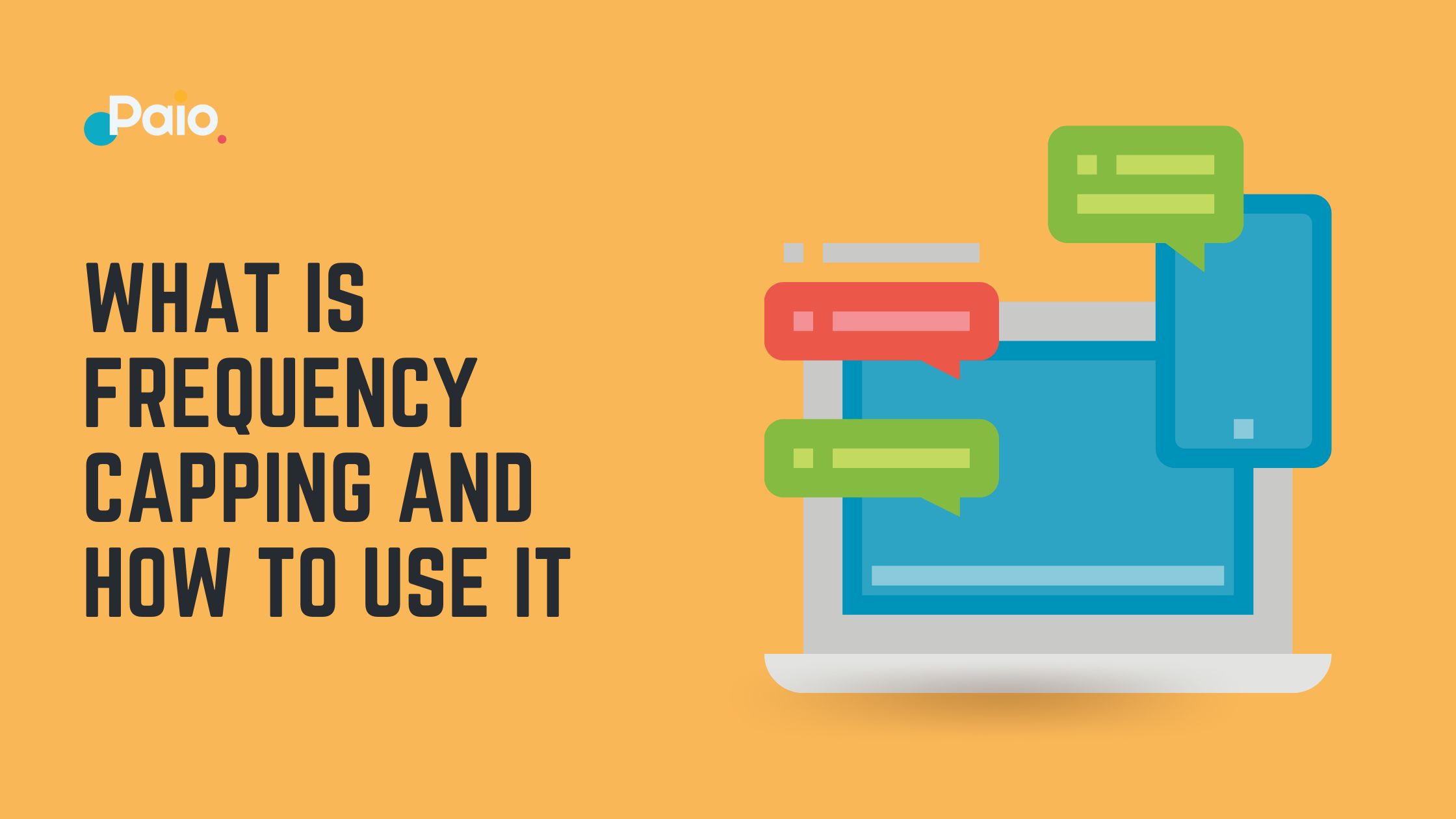If you own a smartphone or any other digital communication device, I am pretty sure you know how frustrating it is to get back-to-back notifications from the various apps on these devices. Some people opt to turn off notifications from some apps or restrict how they receive them. As a marketer, you should at all costs avoid being the reason an individual is turning off notifications because of the many emails and DMs you are sending them.
Frequency capping will help you avoid being a burden to your target customers by limiting the number of messages or emails you send within a given period. In this blog post, we will discuss everything you need to know about frequency capping and how to integrate it into your marketing strategy.
What is frequency capping?
In digital marketing, frequency capping refers to a strategy that allows marketers to limit the number of times their Ads are shown to target customers within a given period. For example, you may set the limit to emails sent to each customer to be a maximum of 2 per week. This limit may vary for the various platforms.
The goal of frequency capping is to ensure you are checking in enough on your customers to keep them engaged, informed, or entertained but without bombarding them with lots of updates every now and then. The good news is that most of the modern marketing automation and email marketing tools have the frequency capping feature, so you won’t have to do this manually.
Types of frequency capping
There are three significant types of frequency capping;
1. Limiting the messages sent within one given single channelWith this type, your focus is regulating the number of marketing messages you send to your target customers through a given platform such as email, text messages, and many more. For example, you may choose to set a limit on the number of email Ads sent without setting limits on the other platforms you use to communicate with customers.
2. Limiting messages deployed across all channelsThis type of frequency capping limits the total number of marketing messages sent across all the marketing channels you use to reach out to your customers. For example, if a customer shared with you their email and phone number, with this method, you will only send a fixed number of Ad messages on both platforms within a given period.
In this case, if you set your limit to be four messages per week, you may opt to send them two text messages and two emails or three emails and one text message. The goal is to ensure the maximum on all platforms doesn’t go beyond the limit you set
3. Limiting messages by channel and across channelsThis type allows you to set caps for each app and the overall total. For example, you may set a total limit at six messages per week across all platforms and a maximum of 2 per week for each platform. This means the customer will receive a maximum of six messages through the week on all platforms. You may also decide to evenly distribute the number of messages you intend to send across all platforms.
How to use frequency capping
Now that you know what frequency capping is and its role in maintaining a good relationship with your customers, let’s discuss how best you can integrate it into your marketing strategy.
Determine the number of marketing channels you use
The number of marketing channels will help you determine the total number of messages that will likely not frustrate your customers each week. For instance, if you mainly use email, texts, and social media, you need to find a balance of the maximum number of Ad messages you can send to your target customers through all these platforms per month. From this, you can then determine the limit for each platform.
Use previous data
If you have been using all your marketing channels for some time, you can use the previous analytics about user behavior to set frequency caps for each platform. For example, your emails’ open rate and click-through rate statistics can give you a picture of how customers reacted when they got your marketing messages through given time intervals.
Ask customers if possible.
If you have a good relationship with your customers, you can conduct a survey to determine how frequently they would like to receive updates from your brand each week or per month on your various marketing channels.
Use optimal send frequency figures.
While setting the limits for the maximum number of messages, you may also consider using the optimal send frequency figures as recommended by digital marketing experts. Here is the optimal send frequency for the various channels;
- Optimal Email Frequency: 8 to 10 emails per month
- Optimal push frequency: 1 to 4 push per month
- Optimal overall messaging frequency: 17 to 19 times per month
You may not use these exact figures because not all industries and customers are the same. However, the numbers you use shouldn’t deviate a lot from the above benchmarks.
Bottom line
Engaging with your target customers is one of the most powerful strategies for retaining old customers and acquiring new ones. However, these engagements need to be regulated to get the most out of them. By using frequency capping, you can establish the optimal number of messages to send to your customers across your various marketing channels within a given period.


.jpg?width=70&name=11822273_869376790464_4398309784822550341_n%20(1).jpg)


